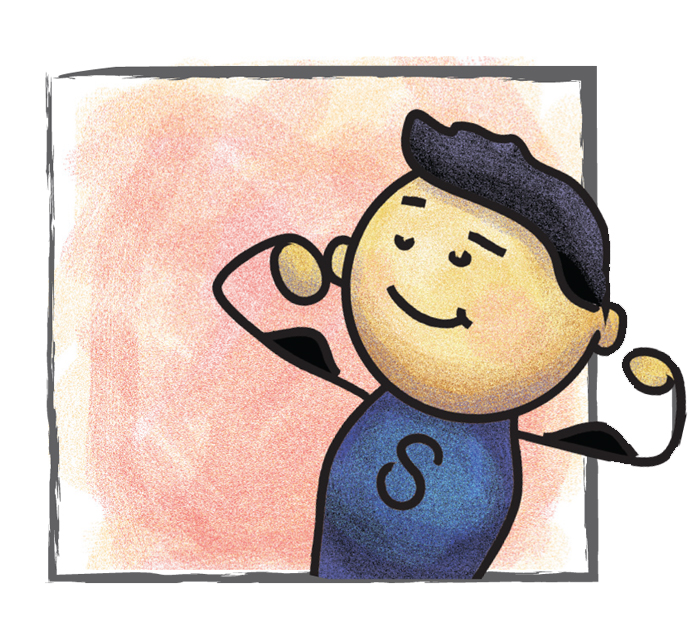 Whenever we read about incidents of bullying in the media, we usually hear reference to peers being “upstanders’ or “bystanders.” The difference being that a bystander stands by and does nothing to stop the bullying contrasted by the upstander who steps in and stops the negative interaction. Being an upstander is encouraged but many times both children and adults do not really know the language to use to be an upstander. We have had parents, teachers and chaperones share stories where they knew that they should intervene but either did not because they were not sure what to say, or tried to stop what was happening only to find that they had inadvertently fueled the flames.
Whenever we read about incidents of bullying in the media, we usually hear reference to peers being “upstanders’ or “bystanders.” The difference being that a bystander stands by and does nothing to stop the bullying contrasted by the upstander who steps in and stops the negative interaction. Being an upstander is encouraged but many times both children and adults do not really know the language to use to be an upstander. We have had parents, teachers and chaperones share stories where they knew that they should intervene but either did not because they were not sure what to say, or tried to stop what was happening only to find that they had inadvertently fueled the flames.
We suggest for both kids and adults to keep a calm demeanor when intervening as an upstander. As emotions grow this is not always easy to do but is the most effective means by which others will listen. Getting upset or yelling will create a larger problem in an already difficult situation. Kids could just say “Not cool,” or “I’m not going to be a part of this and why are you?” The upstander sentiment may need to be repeated and may be met with insults but the upstander should continue to calmly, but assuredly hold his or her ground and keep repeating the same upstander statement. If the situations allows, they could follow up by having the victim leave with them to join a friendlier group.
Parents, teachers and chaperones can use the same serious yet calm authoritative voice and say “I see what you are doing, it is mean and I want it to stop,” or “That is not okay and it needs to stop now.” Notice the I-based language in the first statement and the use of that instead of you in the second statement. Adults should not say “Hey, that is bullying and you need to stop.” Labeling someone as a bully could make the situation worse. If the group tries to deflect your intervention by claiming that they are just kidding or the like, the adult should stay firm. “That is not funny and it needs to stop now.”

